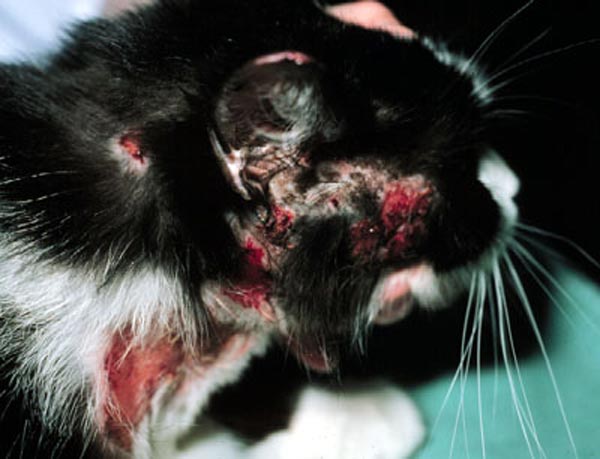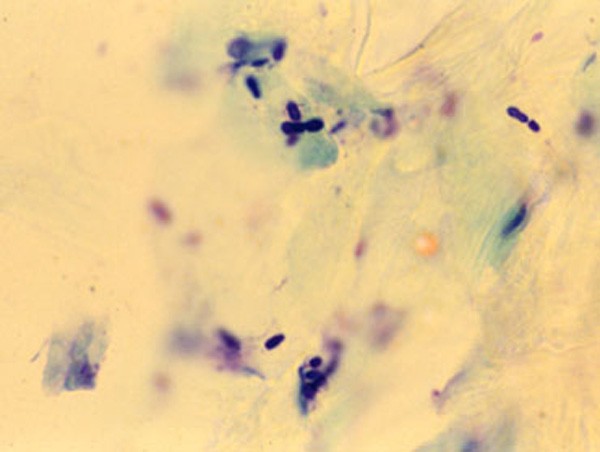I attended a meeting held by the RCVS with representatives from the Veterinary Defence Society who warned that dressings can be problematic in terms of complaints and litigation.

I’ll be totally honest here: I don’t like doing dressings.
I was talking to Laura the other day (one of our team of fantastic RVNs) and, because she’s excellent at dressing wounds (her skills easily surpass mine), I thought I’d ask for her “top tips” on the subject.
Expert advice
Laura’s words of wisdom were:
- The right materials are key – she prefers cotton wool for Robert Jones type dressings.
- Think of the pressure points in advance – how is the limb going to move (or not move) under the dressing with even pressure. Good to pad between the toes, and so on.
- Ideally, leave the toes out so regular checks can be made to make sure no problems are occurring.
Of course, a compliant caregiver at home really helps too.


![Cytology of a mast cell tumor from a Labrador retriever at a magnification of 1,000x. By Joel Mills (Own work) [GFDL (http://www.gnu.org/copyleft/fdl.html), CC-BY-SA-3.0 (http://creativecommons.org/licenses/by-sa/3.0/) or CC-BY-SA-2.5-2.0-1.0 (http://creativecommons.org/licenses/by-sa/2.5-2.0-1.0)], via Wikimedia Commons.](http://www.vettimes.co.uk/app/uploads/2014/06/Mast_cell_tumor_cytology_2-300x284.jpg)








